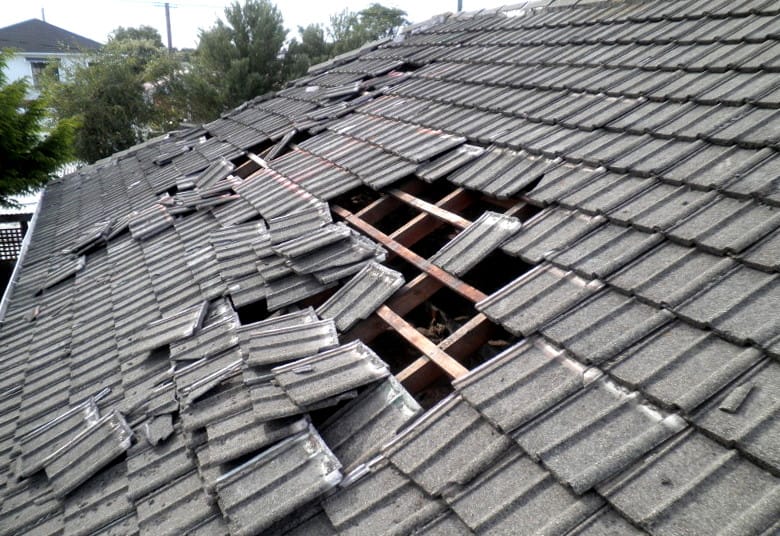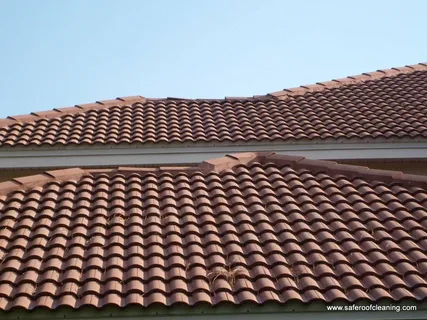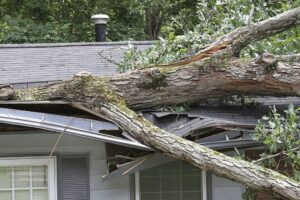As hurricane season approaches, property managers and business owners must prioritize the integrity of their commercial buildings. One of the most vulnerable components of any structure is the roof. High winds, torrential rains, flying debris, and prolonged exposure to harsh conditions can wreak havoc on a commercial roof — resulting in costly damages, safety hazards, and business interruptions.
Preparation is key. Having a proactive maintenance and inspection checklist can help minimize risks, safeguard your property, and ensure you’re ready when the next big storm rolls in. Here’s your comprehensive commercial roofing checklist to help you prepare for hurricane season.
1. Schedule a Professional Roof Inspection
The first and most critical step is to have your roof inspected by a licensed roofing professional. A thorough inspection can reveal hidden issues like minor cracks, deteriorated flashing, loose fasteners, and water pooling — problems that might not be immediately visible but can worsen dramatically during a storm.
What to look for during a professional inspection:
- Membrane damage or punctures
- Loose or missing fasteners
- Rusted or corroded metal components
- Worn or broken seals around vents and HVAC systems
- Improper drainage or clogged scuppers and downspouts
By identifying and repairing these issues ahead of time, you’ll fortify your roof’s resilience and reduce the risk of leaks or structural failure.
2. Clear Debris and Maintain Surrounding Areas
Even the most well-maintained roof can be compromised if it’s surrounded by hazards. Fallen branches, loose gravel, leaves, and other debris can block drainage systems, leading to water accumulation and roof deterioration.

Actionable tips:
- Clear roof surfaces of any debris
- Trim overhanging trees to prevent branches from falling during high winds
- Remove any loose items (tools, equipment, signs) from the roof that could become projectiles
- Secure rooftop HVAC units and antennas
Keeping the area clean and clear goes a long way in preventing unnecessary damage.
3. Inspect Flashing and Sealants
Flashing — the metal material installed around edges, joints, vents, and chimneys — is vital in directing water away from vulnerable areas. During hurricanes, these spots are prime targets for leaks.
Checklist for flashing and sealant inspection:
- Check for rust, separation, or warping
- Look for deteriorated or missing sealants around flashing
- Ensure all roof penetrations (like vent pipes and skylights) are properly sealed
If anything looks worn or improperly installed, address it immediately to maintain watertight protection.
4. Reinforce Roofing Materials and Components
Older commercial roofs or those nearing the end of their lifespan are particularly susceptible to storm damage. It may be necessary to reinforce or upgrade certain elements to increase durability.
Consider upgrading or reinforcing:
- Roof membrane or surfacing
- Edge metal systems
- Fastener systems for increased wind uplift resistance
- Roof insulation and underlayment
Modern roofing systems often come with enhanced hurricane-resistance features — consult with a roofing contractor about the best solution for your building.
5. Test and Maintain Drainage Systems
One of the most overlooked parts of commercial roof maintenance is the drainage system. Clogged or inefficient drainage can cause water pooling, structural stress, and even interior flooding.
Drainage checklist:
- Clean all gutters, scuppers, and downspouts
- Ensure roof drains are free-flowing and not blocked by leaves or debris
- Inspect for sagging areas where water tends to collect
- Confirm that downspouts are securely connected and channeling water away from the building
A properly functioning drainage system prevents water buildup and reduces pressure on the roof during heavy rains.
6. Review Insurance Coverage and Emergency Contacts
Being prepared for the aftermath of a hurricane is just as important as the pre-storm preparation. Review your commercial insurance policy to ensure it covers storm-related roof damage. Make sure your deductible is manageable, and understand what documentation you may need to file a claim.
Also, prepare an emergency contact list that includes:
- Your roofing contractor
- Local emergency services
- Insurance adjusters
- Building maintenance staff
Having these resources ready can expedite your response and reduce downtime after a storm.
7. Establish a Roof Emergency Plan
Developing a plan for storm response can save critical time when a hurricane is on the horizon. Assign roles and responsibilities to staff, including who will check the building after a storm and who will contact service providers.
A solid emergency roof plan should include:
- Pre-storm inspection timeline
- Checklist of items to secure or remove
- Post-storm damage assessment procedure
- Protocol for temporary repairs (tarps, sealant, etc.)
- Contact information for roofing repair companies
Ensure that everyone on your team is familiar with the plan, and consider holding annual drills before hurricane season begins.
8. Document Roof Condition with Photos and Reports
Before hurricane season starts, take detailed photos of your roof and any repairs or maintenance that have been completed. This will serve as evidence should you need to make an insurance claim.

Store all records — inspection reports, maintenance logs, repair invoices — in a secure location, ideally with digital backups. Documenting the condition of your roof provides a timeline of care and helps support any future insurance claims.
9. Use Hurricane-Resistant Materials in Future Projects
If your building is in a hurricane-prone region, consider investing in roofing materials specifically designed for high-wind environments. These can include:
- Modified bitumen or TPO roofing systems with high wind ratings
- Impact-resistant membrane systems
- Reinforced fasteners and perimeter protection systems
Though it might involve a higher upfront cost, the long-term savings in damage prevention, insurance, and peace of mind can be significant.
10. Partner with a Trusted Roofing Contractor
Lastly, building a relationship with a reputable roofing contractor ensures you have professional support before, during, and after hurricane season. Choose a company that specializes in commercial roofs and has a strong reputation in your region.
Protect Your Business with Atlas Roofing & Restoration
When it comes to hurricane preparedness, don’t leave your commercial roof to chance. At Atlas Roofing & Restoration, we specialize in commercial roofing solutions that stand up to extreme weather conditions. Whether you need a pre-hurricane inspection, emergency repairs, or a complete roofing upgrade, our team is ready to help protect your building, your people, and your business operations.
We serve businesses throughout Northeast Ohio and are experienced in storm restoration services, including detailed inspections, expert repairs, and insurance coordination. As trusted roofing contractors, we’re committed to helping commercial property owners weather the storm — and emerge stronger.
Don’t wait until it’s too late. Contact Atlas Roofing & Restoration today to schedule your hurricane-season roof inspection.




